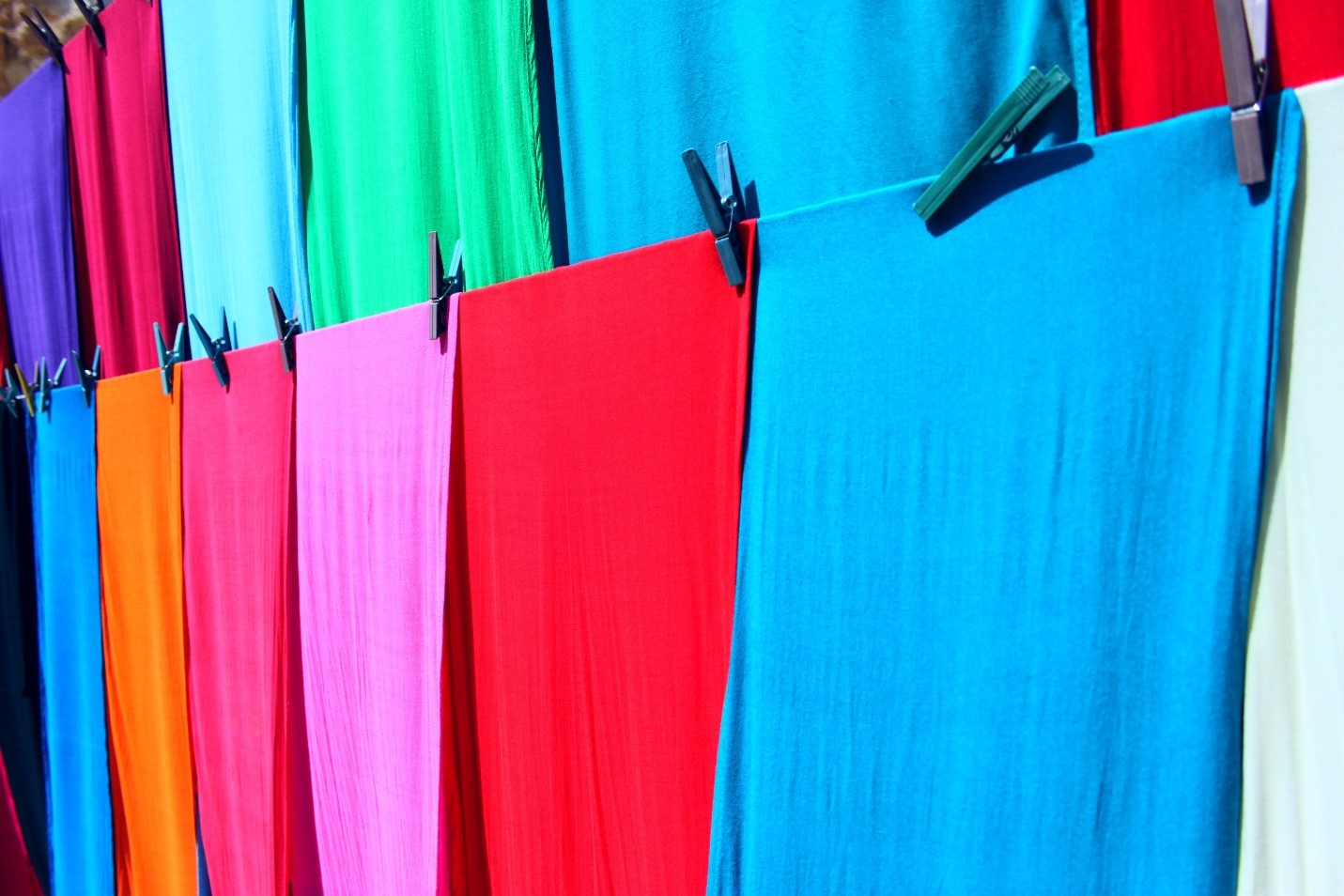Factors of Garments Costing
The price of a garment product depends on the all cost incurred to make it available for selling. Whenever we talk about the garments product costing, we have to consider all costs related to that product acquired or production. As merchandisers are responsible to negotiate with the buyers for selling the product, they need to calculate/ costing by considering several factors of garment costing. Basically, merchandisers have to calculate cost on a lot basis, and lot size may vary from company to company or factory to factory.
Remember one thing is that all expenses of a factory related to the product must be included in costing. As cost is the main determinant of product price for this reason at the time of costing in the apparel industry more importance is given by the respective parties. After determining the cost, merchandisers contact with the potential buyers for getting orders and negotiate about the price of garments.
The following factors of garments costing normally can be identified
- Fabric cost
- Dyeing/printing cost
- Fabric consumption
- Number of order
- Cost of making the product
- Overhead cost (direct material, direct labor, and factory)
- Utility cost (electricity cost, or any other power and energy)
- Washing cost (depends on what kinds of washing is required)
- Trims and accessories cost
- Finishing cost
- Product specification
- Freight cost (Sea or air)
- Payment mode (It can be 60 days or 90 days)
- Shrinkage % of the fabric
- Wastage
- Inspection (at the time of production and after completing production)
- Style, size, color
- The distance from the factory to Shipment place (port or airport)
- Commercial cost
- Fabric construction
- The weight of fabric (GSM)
Not necessarily all these factors must be considered when costing because these factors may vary depending on the production and product and also the product destination.



